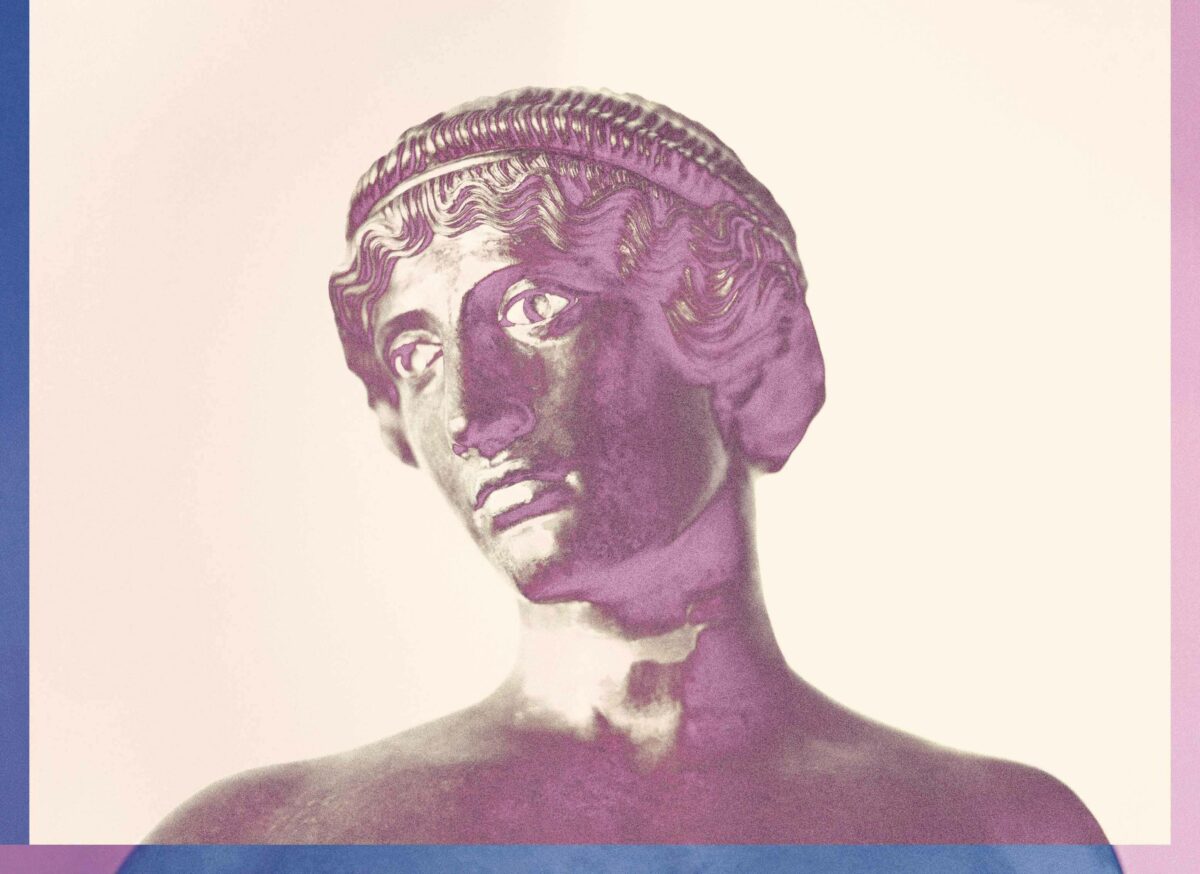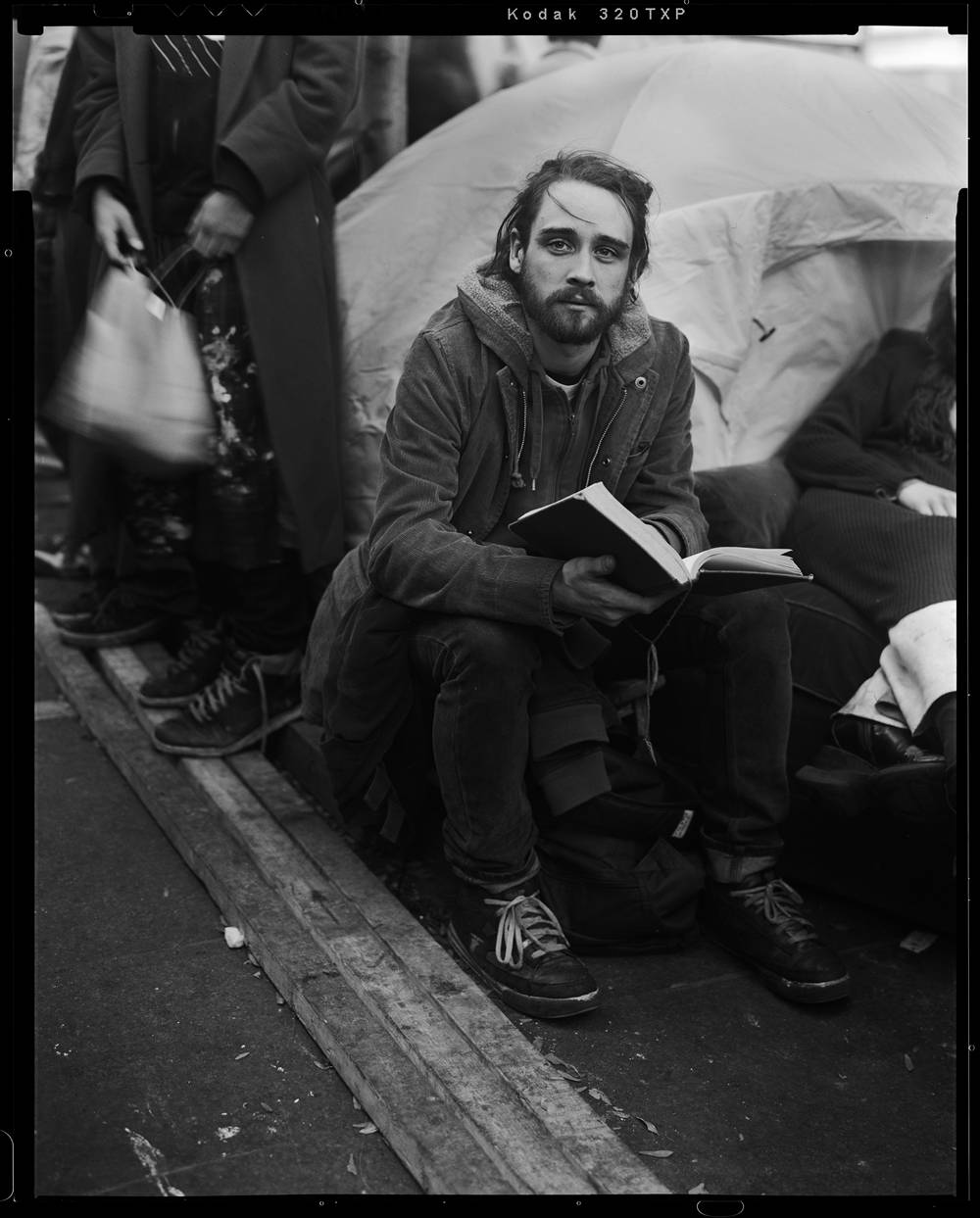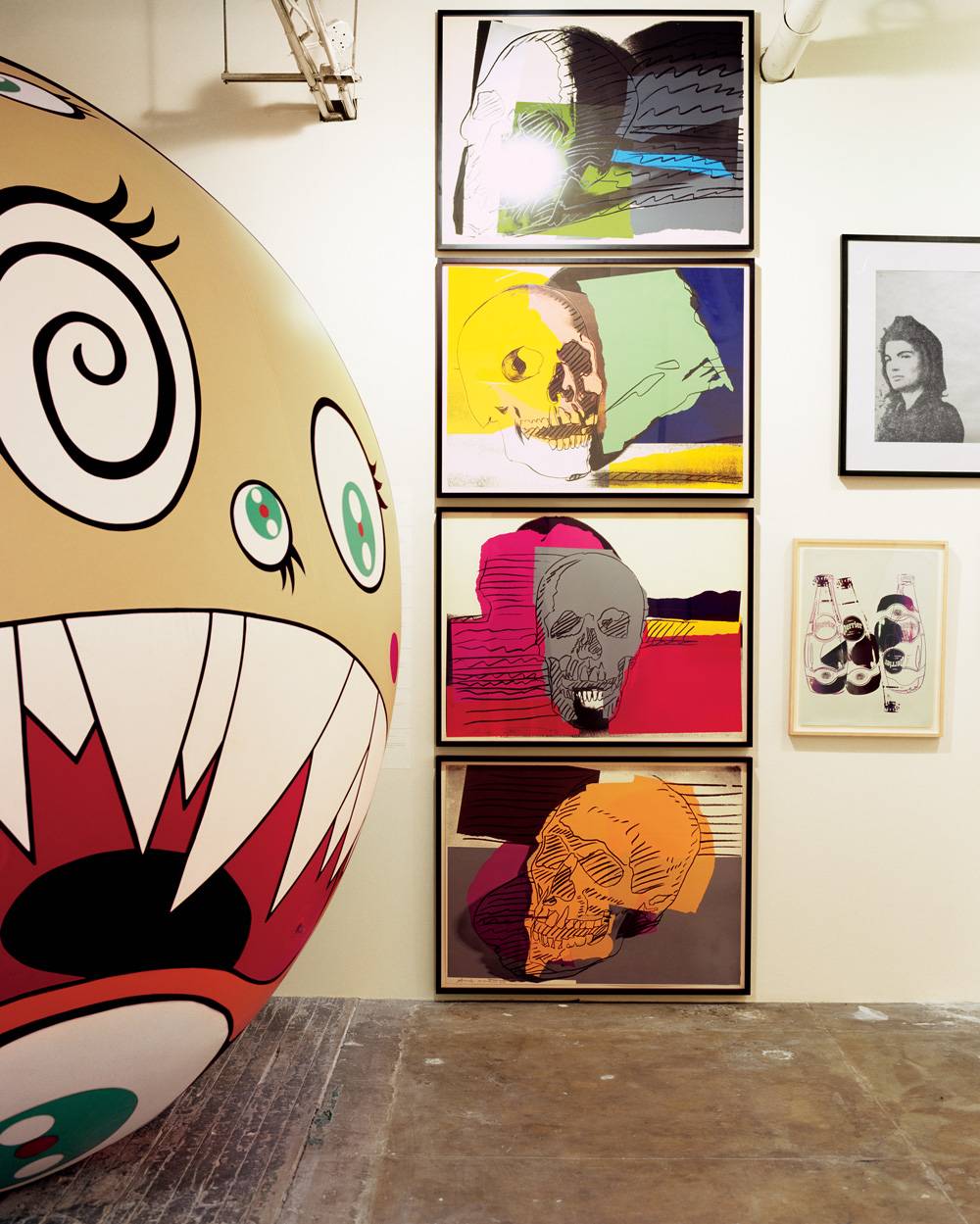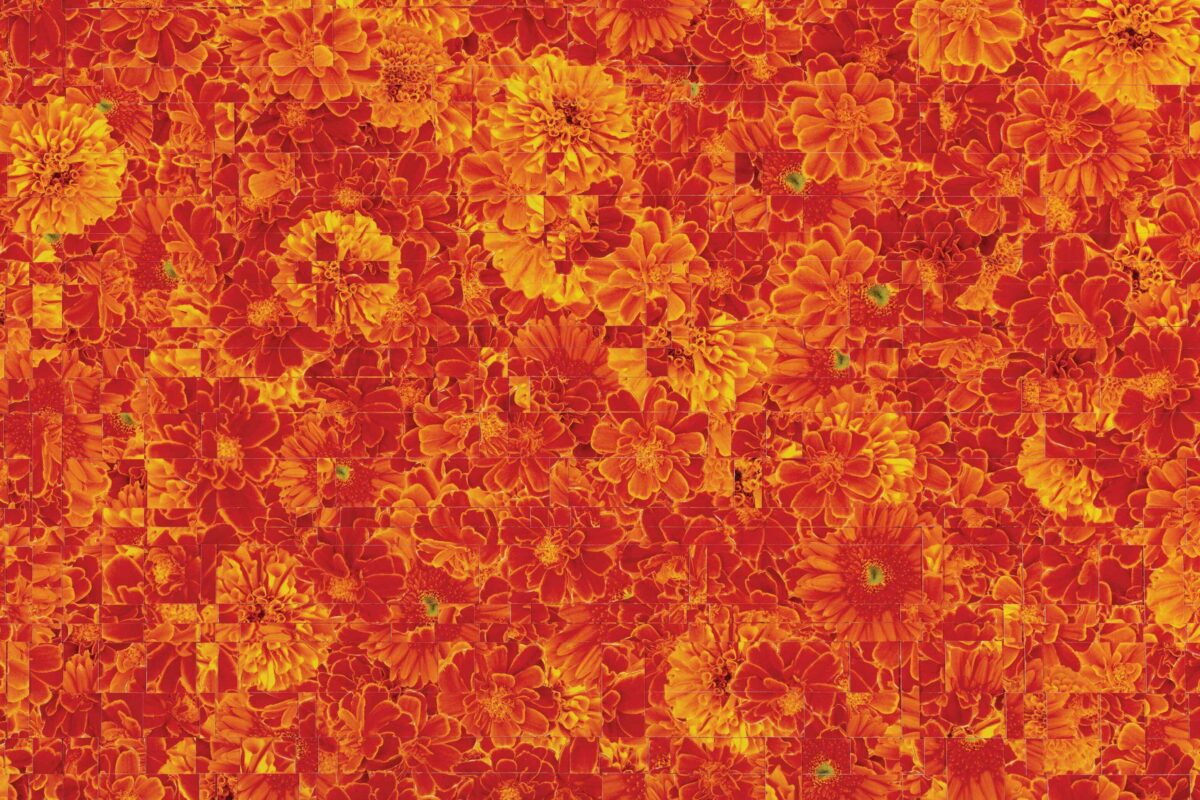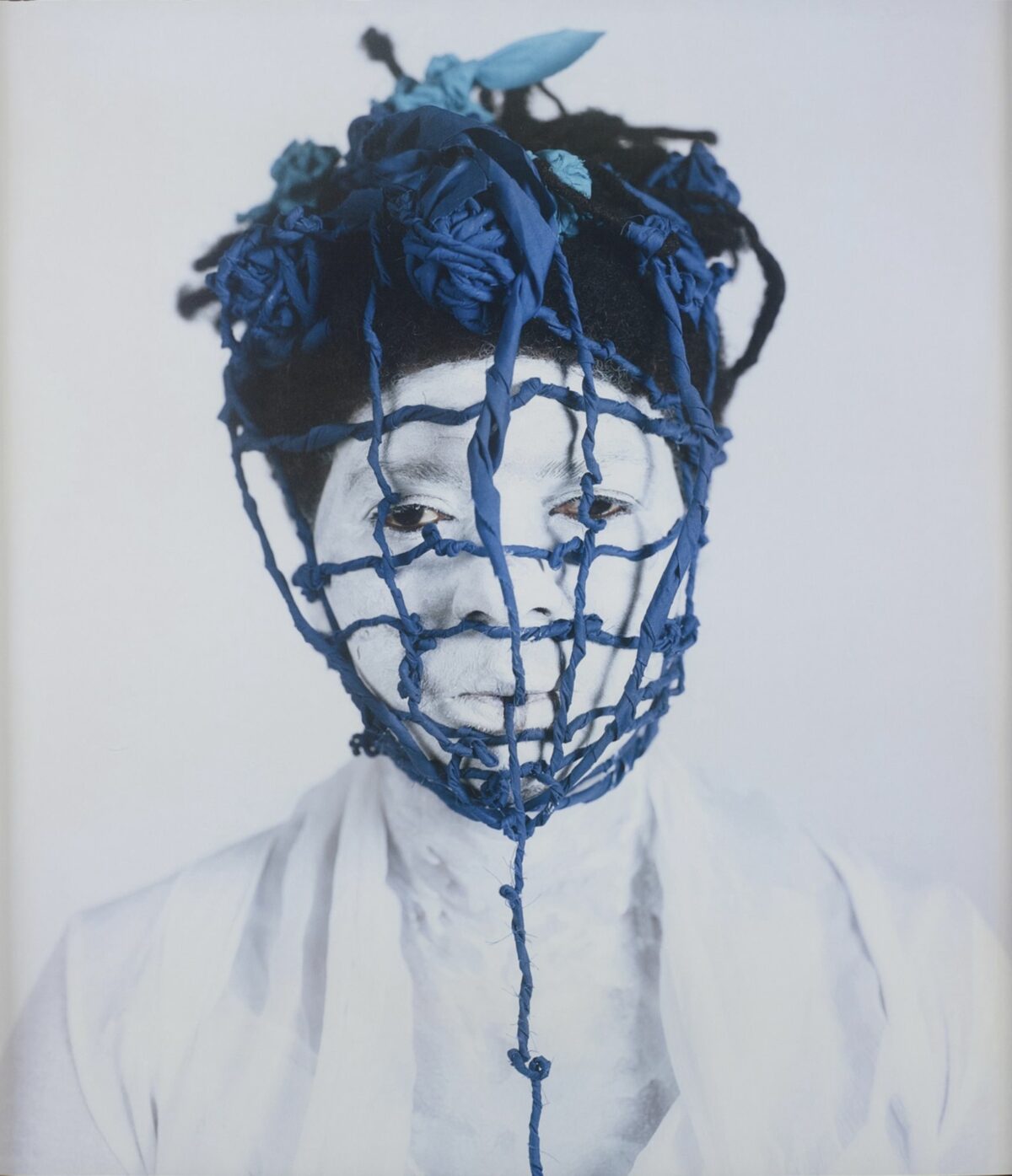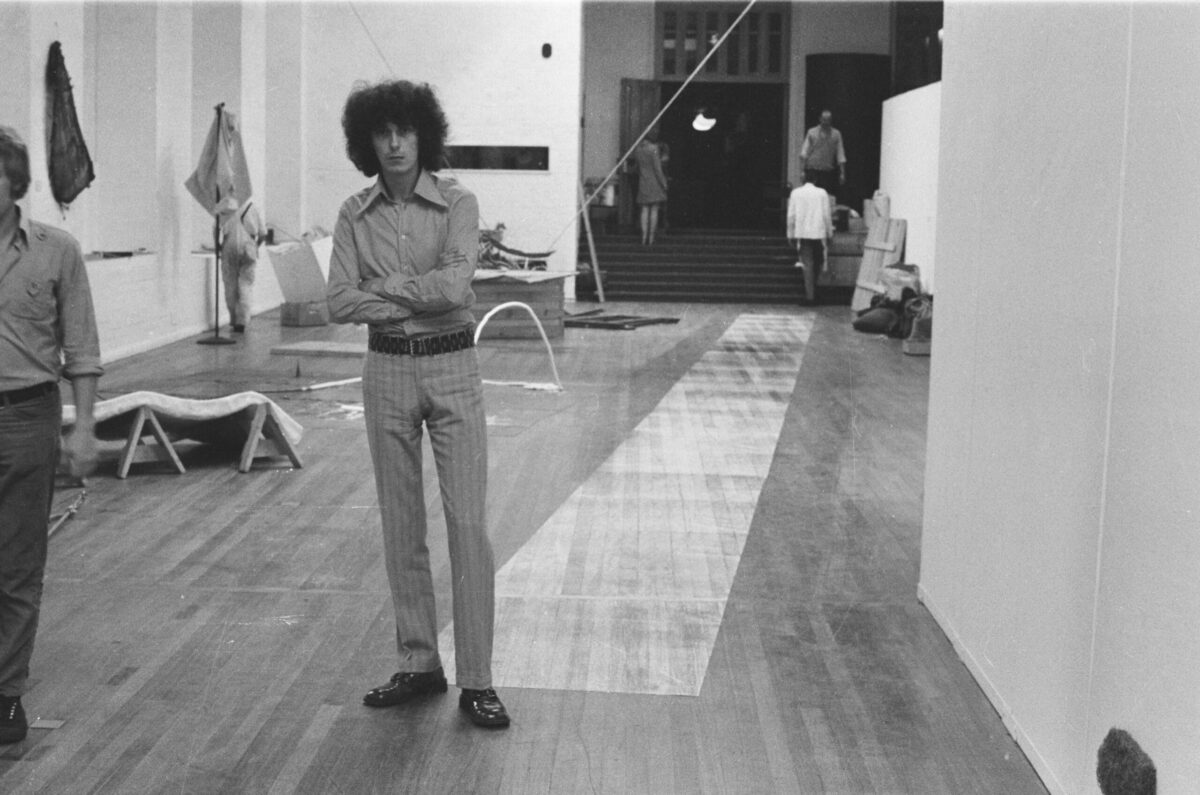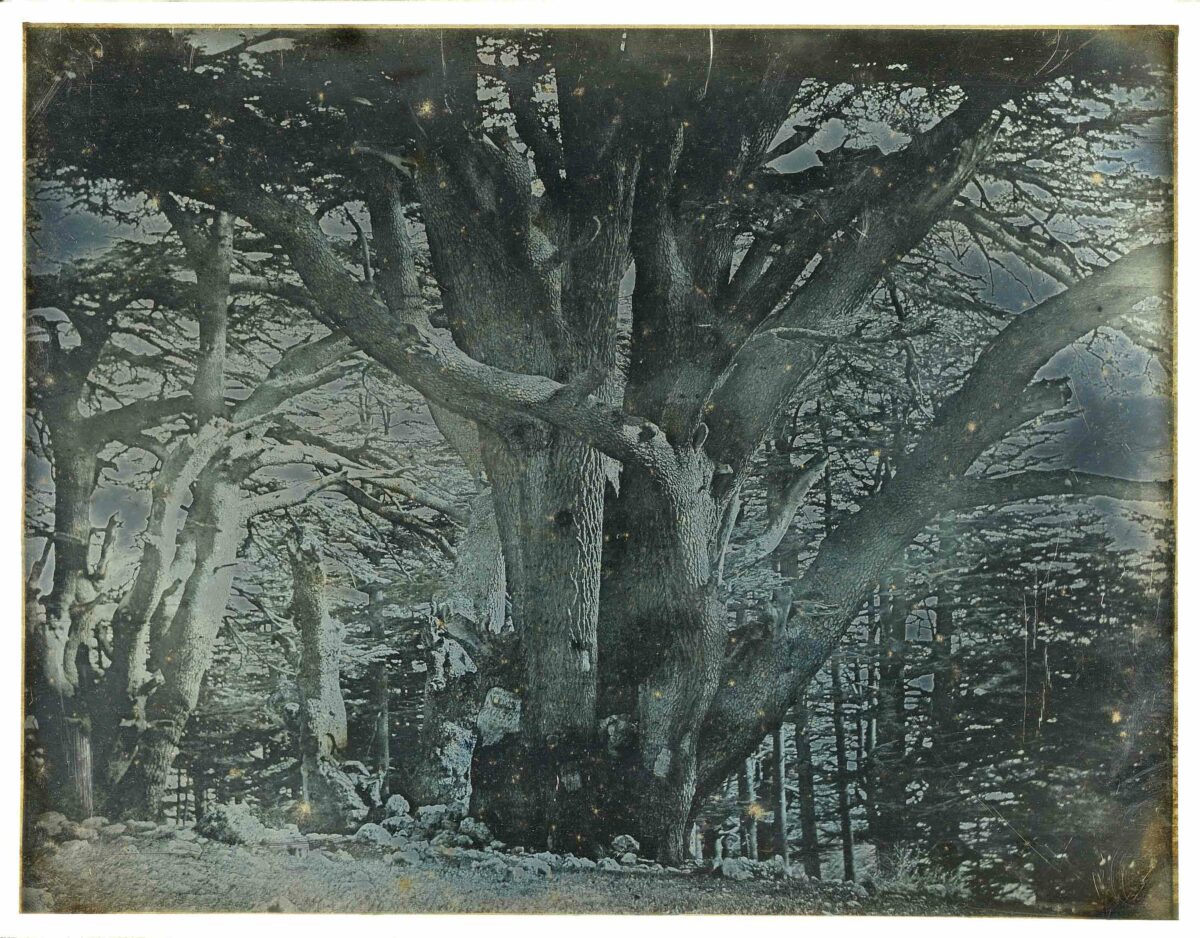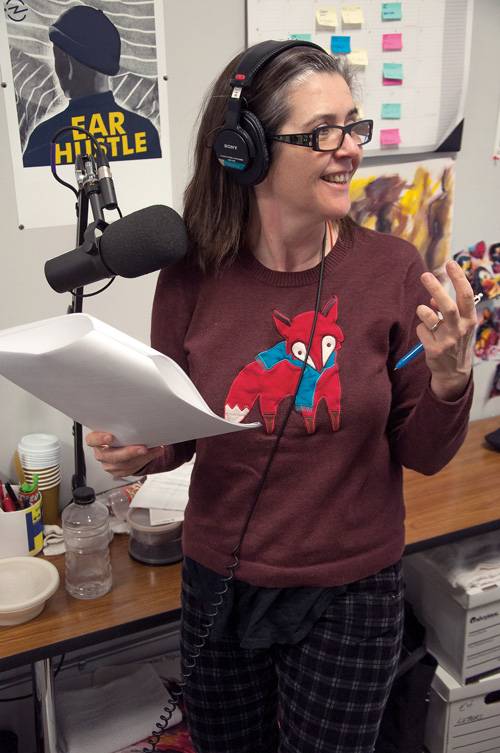Liliana Porter has mastered the art of the deep joke. Beginning in the 1960s as a printmaker and conceptual artist, the Argentine-born Porter has evolved a distinctive approach to photography and video that employs the arrangement of tableaus using figurines and toys she collects and then photographs. These short takes – poignant, hilarious, ridiculous, and profound – are on view in an exhibition at the San Jose Museum of Art (through February 18). Actualidades / Breaking News presents video work composed of many short scenes as well as several photographic pieces. The following interview has been edited to keep the laughter to a minimum.
Lyle Rexer: Don’t you take anything seriously?
Liliana Porter: Everything. But humor is a tool to confront serious issues.
LR: But there was an evolution in your sense of humor, from the conceptual art of the 1960 and ‘70s, where you were concerned with issues of two versus three dimensions, and with levels of representation and the position of the viewer, toward these little worlds and your use of figurines to tell hilarious and sad parables that you capture in photographs.
LP: They are like fables, like Aesop. In the 1960s, when I was doing that minimal work with nails and string [Untitled (nails) (1973), for example], I concentrated on the concept of reality and illusion. But later I focused more on content. I began to create narratives. And as I saw my preoccupations emerge – time and memory, for instance – these became more my subject. Perhaps I was more free at the time, and I didn’t care if it was contemporary or new. I felt my work could be more narrative.


LR: You were free to use figurines to set up tiny tableaus, with characters that people often already knew, like Mickey and Minnie Mouse or Mao.
LP: It was important that the figurines already existed. I didn’t make them, I found them. They already came with a lot of content, and they allowed me to construct situations that referred to subjects that keep coming back in my work. Say a figurine that holds a long string that he is following or winding. Like this figure, we are often confronted with tasks that are too big for us, that we don’t understand. Their demands are great, but their meaning remains aloof.
LR: Sometimes a character actually manages to do it, like the man with the axe, who destroys everything in his path [Man with Axe (2021), not included in this show]. It‘s quite moving, even as it is hopeless. I don’t want to dispel the mystery and pleasure of these scenarios, but I would like to ask you how you proceed to build a piece.
LP: There are three aspects. One is the physical set-up, and second is the visual situation that can be grasped in a photograph. The other would be the passage of time, and that comes into it when I create videos. But there are other considerations. For example, some pieces actually work better on canvas. I am thinking of a piece I did with two super tiny men drawing on a canvas. This was an abstract work, really a drawing with figures, not a photograph. In any case, it is a fragment of a situation in which we don’t see the ultimate revelation of a drawing, the final form, so this, too, is a question, the illustration of an overwhelming, unfinished task.


LR: You find your figurines in flea markets or wherever, I know. Do friends send you things to put in your photographs and videos?
LP: They do, but I almost never use them. They think, “Oh, this will be great for her,” but I have to connect with them myself. And when I have them, I have to decide exactly which piece I need. One of the “dialogues” I made involved a mug that had on its surface the image of a dog. In order to create a dialogue, I went through a lot of objects until I found this porcelain girl sitting down and looking up. And suddenly they connected. It was almost moving because it was like they found each other, and I helped them. I should charge them for getting together. [Laughter]
LR: The more I look at your work, especially the photographs and videos, the more impressed I am with the decisions you make to do these apparently simple, humorous things: for example, not just the construction of the scene with its figures and ground, so to speak, but the exact placement of the camera, the angle of view, the narrowness or expansiveness of the frame, the closeup or distance.
LP: One thing I do always is set up my situations without any context, on an empty or monochromatic background. It doesn’t give you any clue about time or place. It makes it possible for the scene to be in the future or the past or the present.
LR: Apropos that sort of limbo time, you open your suite of videos, Actualidades /Breaking News, with a marvelous quote from [Jorge Luis] Borges, to the effect that forgetfulness and memory alter everything and at the same time images of the future are unknowable. This gives our sense of everything a kind of unreality. So when you use figurines like Elvis or Mao or Che, of course we know who they are, but even as they grow more distant in time, they become less immediate, more unreal, simply images. Or watches. Or backpacks or hotpads.
LP: It’s amazing how things that were once quite real, like the Kennedys in the car at the time of the assassination, become a toy. Once when I was teaching at Queens College and the play Evita was on Broadway, I mentioned that I was in school when she died, and they made us wear a black ribbon. “What?” the students said: “You mean she actually existed?”
LR: I have an Evita watch and a fridge magnet.


LP: There is a moment when you no longer know whether the things existed or not. I love when I put together in a setup a Mao and Elvis Presley and the Kennedys in the car and Napoleon and make them simultaneous because everything is in the past, and it’s in one place now.
LR: Right. From the video section titled World News, which is all representations of battles and war, you segue into Memorabilia, which is just a hilarious hodgepodge of these various figures turned into knickknacks and arranged together on an empty field.
LP: Invented characters like Mickey go together with people that existed. There are a lot of things in history that, if someone takes an exam, that person may not know what or who came first or if there were a hundred years in between events or just days. No idea. No idea that they existed at all outside their image. And of course, you learn a lot of things through movies, and you have fantasies about the way people were dressed, so it’s very easy to make a lot of perceptual mistakes about how reality was.
LR: There’s a humorous side to this, shrinking all these icons down to the same level and mixing them up, but there’s also something corrosive about it, and I find myself thinking about the darker side to your work, that even when we live through events, provided we survive, there is nothing beyond the images generated about that reality, and the images are more powerful even than our memories.
LP: [Laughter]. I have, for example, a figure of Mao at home that is made out of plaster, and the painting on it is so beautiful and delicate. That’s why I was attracted to it.
LR: Referring to the videos, although all the individual episodes seem to be more or less randomly arranged, there are some images that come up more than once and seem to hold Actualidades together thematically. For example, there’s an alarm clock that shows up and always says the same time. But the time never changes.
LP: [Laughter] That’s because in a way it doesn’t make any difference. Time is the most arbitrary thing. In a way it doesn’t exist. In Argentina it’s a different time than here now in Rhinebeck, New York, and in Europe it’s not that same time either, so there is no international time.
LR: It reminds me of the man in the joke who wore a watch that was stopped. When they asked him why he did it, he said, “Because I know the watch will be exactly right twice a day.” He just didn’t know when.
LP: [Laughter]. Or you can say, “At three o’clock this happened,” but really what you want to say is that this could have happened.
LR: Or it might have happened or it could still happen or …
LP: [Laughter]


